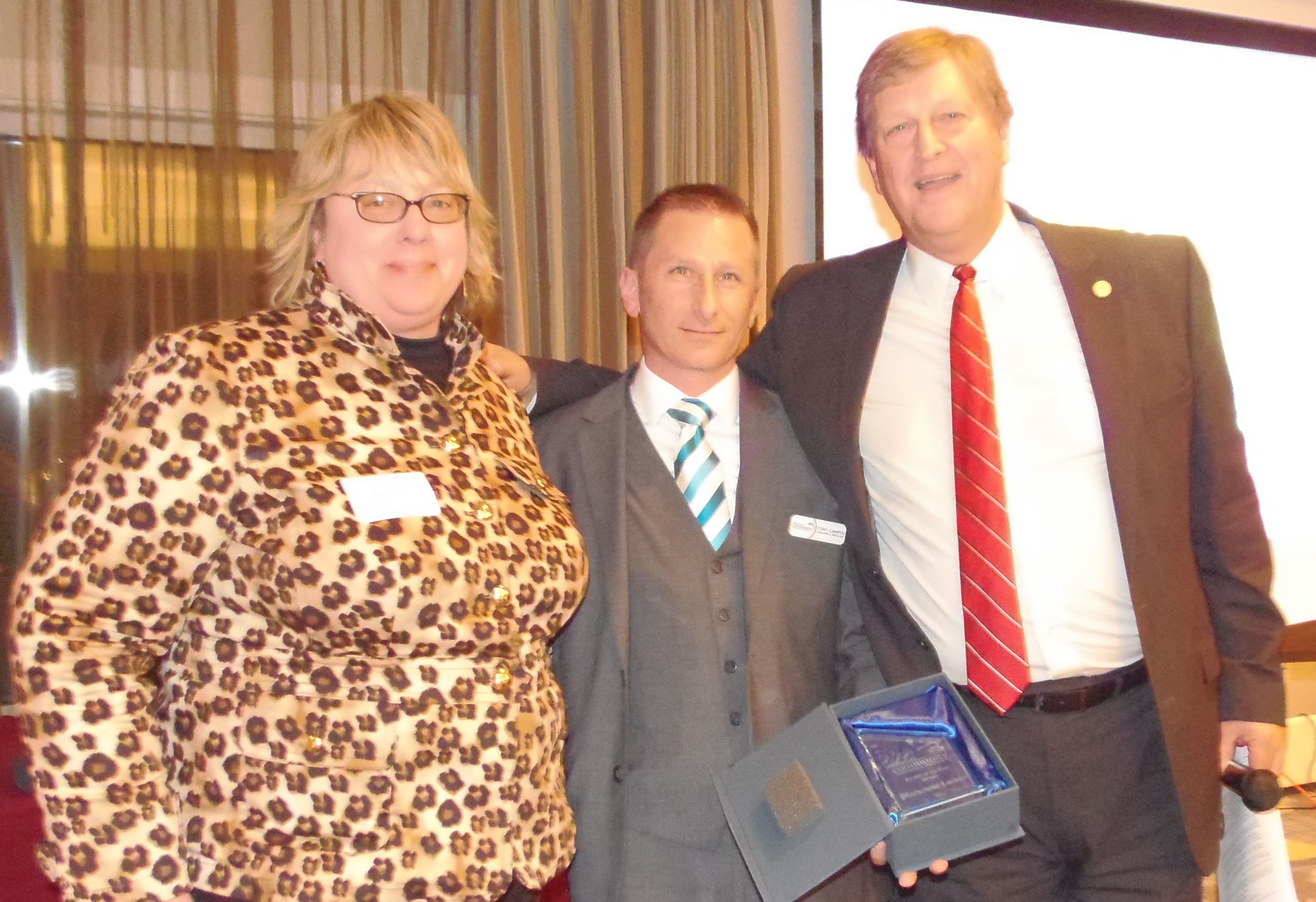Tony Campisi - Unpacking Digital Footprints And Business Stories
When a name like "Tony Campisi" comes up, it's natural to feel a sense of curiosity, perhaps wondering about the person behind the name, their life, or what they might be known for. We often expect a straightforward story, a clear picture of accomplishments or personal background. However, sometimes the trail of information takes us on a rather unexpected path, revealing connections that are a bit more indirect than one might initially guess. So, too it's almost as if we are looking for a particular individual, yet the available details paint a different, perhaps broader, picture of related mentions and happenings.
Our recent look into a collection of text, aiming to shed light on "Tony Campisi," brought forth some interesting, if not entirely direct, findings. It appears that while the specific individual "Tony Campisi" isn't directly detailed within the provided information, the name "Tony" itself pops up in a rather prominent way, connected to a well-established business. This really does make you think about how names can echo in different contexts, doesn't it? We find ourselves exploring a business narrative, which, in a way, carries the spirit of a familiar name, even if it's not the exact personal story we might have been seeking.
Beyond the business world, the same collection of text also contains segments that talk about quite different, rather serious matters—things like significant data disclosures from intelligence agencies. It's a bit like opening a book hoping to read about one topic, only to find several distinct narratives unfolding within the same pages. This mix of information, from commercial ventures to sensitive security events, suggests that the "text" we're referencing offers a unique, if somewhat disjointed, glimpse into various aspects of information and how it circulates. It’s a bit of a patchwork, you know, with each piece telling its own story, seemingly unrelated at first glance.
Table of Contents
- Who is Tony Campisi, Really?
- What the Provided Information Suggests About Tony Campisi
- The "Tony" You Might Actually Find - Tony Superpapelerias
- A Retailer's Story - The Strength of Tony
- Where Can You Find Tony Superpapelerias, Anyway?
- Unrelated Insights - A Glimpse into Digital Secrets
- What Was Vault 7 About, After All?
- How Did This Information Come Out, You Might Ask?
Who is Tony Campisi, Really?
It's interesting how a simple request to explore a name can lead us down a path of discovery that isn't quite what we expected. When we set out to learn about "Tony Campisi" using the specific information provided, we genuinely hoped to paint a clear picture of an individual, perhaps someone well-known or with a fascinating personal history. Yet, as we combed through the details, a peculiar thing happened. The name "Tony Campisi" itself, as a specific person with a biography or personal background, didn't actually appear in the text given to us. This can be a bit of a surprise, can't it, especially when you're looking for something so particular?
Instead of finding direct details about a person named "Tony Campisi," the text presented us with references to "Tony" in a different context altogether. It was more about a business identity, a brand that has grown over time. This kind of situation, where the search for one thing leads to another, is actually quite common in the world of information. You know, sometimes the threads of a story are interwoven in ways that aren't immediately obvious. So, while we can't offer a traditional biography for "Tony Campisi" based on the provided material, we can certainly explore the "Tony" that does emerge from the text, which is arguably just as compelling in its own right.
What the Provided Information Suggests About Tony Campisi
Given the information we have, it's fair to say that our source material doesn't give us the personal details or biographical points one would typically expect when discussing someone like "Tony Campisi." There are no birth dates, no career milestones for a specific person, and certainly no family background mentioned. This means we can't create a table of personal data or a traditional life story for "Tony Campisi" from what's at hand. It's almost as if the text offers a puzzle with a few pieces missing, specifically the ones that would tell us about a distinct individual. What we do have, however, is a fascinating look at how a name, or a part of a name, can become a significant identifier in the commercial world, completely separate from a single person's story.
What the provided text does suggest, in a way, is the broad impact of a name like "Tony" within a business context. It points to a company that has made a name for itself, a place where people can find certain products and services. While this isn't about "Tony Campisi" as an individual, it highlights how a name can take on a life of its own, becoming a recognizable symbol for something much larger. It's kind of like how we might talk about a famous brand; the name itself carries weight and meaning, regardless of who might have originally inspired it or who currently leads it. This really does show how varied the meanings of names can be, doesn't it?
The "Tony" You Might Actually Find - Tony Superpapelerias
So, if "Tony Campisi" isn't directly present in our text, what "Tony" do we actually encounter? Well, the information points us quite clearly to "Tony Superpapelerias." This is a business, a place where you can find all sorts of things for art, crafts, school, and even computer supplies. It's not a person, but rather a commercial entity that has grown to be a national leader in its field. This is, you know, a pretty big deal for a retail chain. The text mentions it as a "sitio 100% seguro," which is a nice touch for anyone looking to shop there, suggesting a trustworthy experience for its customers.
The story of "Tony Superpapelerias" is, in some respects, a testament to steady growth and strong leadership. The text makes it clear that this company gained a significant push through the guidance of Antonio Chedraui Mafúd, who is noted as the current president of Grupo Tony. This really helps to show how a vision can turn into something substantial. It's interesting to see how a name, in this case, "Tony," becomes synonymous with a chain of stores, offering a wide selection of products from everyday school items to more specialized art materials. It’s a business that seems to have a solid foundation and a commitment to its offerings, which is, you know, pretty important for any successful venture.
A Retailer's Story - The Strength of Tony
The narrative around "Tony Superpapelerias" speaks to a business that has built its reputation on providing what people need, especially when it comes to school supplies, art materials, and even computer and printing equipment. They seem to focus on offering a wide selection of items, making it a convenient stop for many. You know, sometimes it's the everyday places that truly become cornerstones of a community. The text highlights that they offer "las mejores marcas y los mejores precios," which, quite frankly, is a powerful combination for any retailer looking to attract and keep customers. It suggests a commitment to both quality and affordability, which is a pretty good way to run things, isn't it?
From paper products, like "Papel bond tamaño carta blanco de 37 kg con 500 hojas ecologico scribe," which sounds like a very practical item for students and offices alike, to more specific craft supplies such as "Papel cartón corrugado de 50 x 70 cm amarillo canario no,06350019," priced at a very specific amount, the range of items is quite clear. This really does give you a sense of the variety available. The growth of "Grupo Tony" under Antonio Chedraui Mafúd's direction points to a company that has not only expanded its reach but also deepened its offerings, ensuring it remains a relevant and valuable resource for its customers. It’s a story of a business finding its footing and, you know, really making a mark.
Where Can You Find Tony Superpapelerias, Anyway?
For those wondering about the physical presence of "Tony Superpapelerias," the text provides a specific location: "Vicente Guerrero , Acapulco de Juarez, Guerrero." This gives a very concrete idea of where one of these establishments can be found. It’s useful to have a physical address, particularly when you are looking for a place to buy things like art supplies or school materials. The mention of a WhatsApp contact number, "800 000 tony (8669)," also points to a modern approach to customer service, allowing for easy communication. This is, you know, a pretty common way for businesses to connect with people these days.
The fact that they mention being a "líder nacional en precios bajos" suggests a widespread presence and a competitive edge across the country. It's not just a local shop; it's part of a larger network, which, in some respects, makes its story even more impressive. The emphasis on being a "sitio 100% seguro" for online interactions also speaks to the company's efforts to build trust with its customers, whether they are shopping in person or through digital channels. This kind of attention to customer experience is, actually, a very important part of building a successful brand, wouldn't you agree?
Unrelated Insights - A Glimpse into Digital Secrets
Now, shifting gears a bit, our source text also contains some rather distinct pieces of information that, at first glance, seem entirely separate from the "Tony" business story. This other part of the text talks about significant digital disclosures, specifically referring to something called "Vault 7." It’s a bit like finding two completely different news articles stapled together. This section describes a series of documents that a well-known organization, Wikileaks, started making public in March of 2017. These papers, apparently, laid out the activities and capabilities of the United States Central Intelligence Agency, which is, you know, pretty sensitive stuff.
The very first major portion of this series, known as "Year Zero," was quite extensive, comprising over eight thousand documents and files. This really does give you a sense of the sheer volume of information involved. It’s almost as if a floodgate opened, revealing a lot of details that were previously kept under wraps. The immediate aftermath saw people scrambling to figure out the extent of the impact and how to manage the situation. It’s a stark reminder of how quickly information can spread in our connected world, and the kind of challenges that can arise when highly secure data becomes public. This kind of event, you know, always makes headlines.
What Was Vault 7 About, After All?
So, what exactly was "Vault 7" detailing? The documents, according to the text, provided information about the CIA's abilities to perform certain actions. It seems the agency had been aware of a security issue since late the previous year, and this issue ultimately led to this significant release of data by Wikileaks. This suggests a situation where internal vulnerabilities were, in some respects, exploited. The text mentions that intelligence agencies and law enforcement officials were aware of this, which points to a serious internal matter that had been brewing for some time. It’s pretty clear this wasn't a sudden, unexpected event for those in the know.
One particular detail from the text stands out: the largest information theft in the history of the CIA happened because a specific group within the agency was so focused on creating digital tools for attacks that an employee, well, they just took advantage of the situation. This is, you know, a pretty striking explanation for such a significant breach. It suggests that sometimes, when resources and attention are heavily concentrated in one area, other critical aspects, like internal security, might become a little less guarded. The text also mentions that the public should be quite concerned by any disclosure from Wikileaks that might harm the intelligence community's ability to keep America safe from dangers like terrorism. This really does highlight the serious implications of such information becoming public.
How Did This Information Come Out, You Might Ask?
The organization responsible for making this information public, Wikileaks, is known for releasing highly secure government data. They put out a collection of documents that, reportedly, showed the ways the CIA uses to get into people's digital devices. This is, in a way, a pretty direct statement about the nature of the information being revealed. The text specifically notes that on June 28th, 2017, Wikileaks published documents from something called the "Elsa Project" of the CIA. This gives a very precise timeline and a specific name for one of the projects involved in the disclosures.
It's interesting to consider how these different pieces of information, from a business named "Tony" to sensitive intelligence data, appear together in the same source text. It almost feels like a random collection of notes, each with its own story to tell, but not necessarily connected in a clear narrative flow. The fact that the provided text contains such diverse subjects means that when we look for something specific, like "Tony Campisi," we might uncover a whole range of other details that, while not directly related to our initial search, still offer a fascinating glimpse into different aspects of information and its public availability. It really does show how varied the information landscape can be, doesn't it?
- Sullivan Patrick Dempsey
- Happy Face Killer
- Lucy Bleu Knight
- New Hunger Games Movie 2026
- Regis Philbin

Pictures of Tony Campisi

Pictures of Tony Campisi

Pictures of Tony Campisi